- Home
- Articles
- Architectural Portfolio
- Architectral Presentation
- Inspirational Stories
- Architecture News
- Visualization
- BIM Industry
- Facade Design
- Parametric Design
- Career
- Landscape Architecture
- Construction
- Artificial Intelligence
- Sketching
- Design Softwares
- Diagrams
- Writing
- Architectural Tips
- Sustainability
- Courses
- Concept
- Technology
- History & Heritage
- Future of Architecture
- Guides & How-To
- Art & Culture
- Projects
- Interior Design
- Competitions
- Jobs
- Store
- Tools
- More
- Home
- Articles
- Architectural Portfolio
- Architectral Presentation
- Inspirational Stories
- Architecture News
- Visualization
- BIM Industry
- Facade Design
- Parametric Design
- Career
- Landscape Architecture
- Construction
- Artificial Intelligence
- Sketching
- Design Softwares
- Diagrams
- Writing
- Architectural Tips
- Sustainability
- Courses
- Concept
- Technology
- History & Heritage
- Future of Architecture
- Guides & How-To
- Art & Culture
- Projects
- Interior Design
- Competitions
- Jobs
- Store
- Tools
- More
Choosing the Best Timber Cladding for Your Australian Climate

The right timber cladding choice for your climate can substantially affect your building’s environmental performance and property value. Your options range from premium Shou Sugi Ban products at $95 per m² to more budget-friendly choices like Newport Channel Cladding at $60 per m². The selection process needs careful evaluation of both budget and climate conditions.
Different types of exterior timber cladding species excel in specific environments. To name just one example, Austratus Linear provides exceptional fire resistance that works well in bushfire-prone areas of Australia. Other timber varieties like Shiplap and Weatherboard give you superior moisture resistance and durability. Timber cladding also delivers impressive thermal insulation benefits. Regular maintenance every three to five years helps maintain its performance.
This piece will help you select the most suitable timber cladding that matches your specific Australian climate conditions. You’ll be able to make an informed decision that balances durability, maintenance needs and environmental benefits effectively.
Table of Contents
ToggleUnderstanding Timber Cladding Basics
Timber cladding adds natural beauty to buildings while protecting them from harsh weather like a second skin. Wooden boards or panels overlap to create a protective barrier that shields the structure.
The design includes a clever cavity between the cladding and main wall. This space lets any moisture that gets through the cladding dry up or drain away naturally. On top of that, it responds quick to cooling and heating systems, which helps save energy when maintaining indoor temperatures.

Popular timber cladding profiles include:
Shiplap – You can install this versatile option both vertically and horizontally
Channel Cladding – This budget-friendly choice comes in various styles including Newport and Beachclad options
Vee-Joint – Perfect to create unique architectural expressions
Sarking plays a vital role in timber cladding systems. This waterproof material sits right behind the cladding and guides water outward. It also blocks drafts, dust, and rain driven by wind.
The environmental advantages of timber cladding are impressive. Wood needs very little fossil fuel to produce since it’s a renewable resource. More than that, it naturally stores carbon dioxide – about half its dry weight is stored carbon.
Wood’s unique cellular structure creates its natural insulation properties. Small air pockets inside the wood trap air and reduce heat transfer, which makes it great at maintaining temperature. Buildings stay comfortable year-round because of this feature.
The right installation is key to good performance. Keep studs no more than 450mm apart to stop warping, and make sure the cladding ends at least 150mm above ground level to avoid water damage. The cladding’s bottom should angle upward and inward for better drainage.
Matching Timber Types to Climate Zones
Different types of timber have unique features that work best in specific Australian climates. Newport Charred Cladding makes a great choice for cold coastal regions because it resists rot and decay really well. The wood’s cell structure provides excellent insulation that keeps homes warm in harsh winters and cool during humid summers.
Buildings near the Australian coast face challenges from salt spray and high moisture. Some timber varieties handle these conditions better than others. Nautic Cladding holds up really well against swelling, shrinking, warping and cracking. Weatherboard is incredibly strong and resists saltwater and moisture damage, which makes it perfect for coastal use.
Austratus Grid and Linear systems work great in areas with big temperature swings like inland Australia. These products create a stable structure that’s less likely to warp. Castelation® stays strong as seasons change and helps keep homes warmer in cold weather.
Timber choice becomes really important in humid tropical areas of Queensland and Northern Territory where fungal decay is a big threat. Screenclad does a great job resisting decay and keeping insects away. Shiplap also handles humid climates really well.
Products like Austratus Linear DFM and Newport Century have natural fire-resistant qualities that work well in bushfire-prone areas. These can be selected to meet BAL 12.5, 19 and 29 ratings required by Australian building codes.
Timber cladding needs proper care and installation to work its best. Most cladding needs a fresh coat of paint or stain every three to five years. This keeps it looking good and protected from harsh Australian weather. Adding insulation behind the sarking helps reduce heat getting into the house. The cladding should be at least 150mm above ground level to avoid moisture problems. The bottom should slope upward and inward so water drains better.
Climate-Based Installation Methods
The right installation methods are vital to help timber cladding stand up to weather conditions of all types. A well-ventilated cavity between the cladding and wall structure will give a solid foundation. This setup lets air flow freely and moisture escape.
You’ll need to start by creating a continuous drainage plane with timber battens. The cavity ventilation needs at least a 6mm gap, but the actual depth will depend on your batten setup. A waterproof breather membrane should sit behind the support battens to separate the external wet zone from the internal dry zone.
Areas with high moisture exposure need proper clearances. Your cladding should sit 175mm above earth and 100mm above paving to handle heavy rain. Metal vermin mesh at the cavity base near the ground will keep small mammals and large insects out.

Different Australian climate zones need different approaches to condensation. Alpine and southern regions work best with an 18mm wide ventilated cavity that prevents mould and manages condensation. Buildings near the coast face extra challenges from salt spray and high humidity, so better ventilation becomes critical.
Water needs to drain properly, so keep a bottom edge clearance of 5-10mm with a 15-degree angle. This helps water run off instead of pooling. Flashings around openings should extend at least 110mm beyond the reveals on each side where possible.
Sarking installation needs special care. Overlap each adjoining sheet by 150mm or tape them together, and place fixings every 300mm. If you’re using conventional aluminium foil insulation as sarking, dish it back into the framework to reduce condensation.
Vertical installations like Austratus Vertical work best when boards face their tongue toward the common weather. This setup, along with good flashing at brickwork junctions and joinery frames, stops rain from getting in and helps your timber cladding last longer.
The Right Timber for the Long Haul
Picking the right timber cladding for your Australian climate is a vital decision that shapes how well your building performs and lasts. Property owners who study their local weather patterns can choose between premium products like Shou Sugi Ban or budget-friendly options such as Newport Channel Cladding. Each type works best in specific environments.
The way you install climate-specific cladding makes a big difference. Good ventilation, proper spacing, and smart board placement work together to improve how well the cladding performs. On top of that, maintenance usually needs to happen every three to five years, depending on your local weather.
Timber cladding’s environmental benefits are impressive. The wood’s natural insulation helps cut down energy use. Wood also acts as a renewable resource that traps carbon dioxide. These practical benefits combined with eco-friendly features make timber cladding a great choice for green building projects.
Your selection should balance upfront costs with long-term value. While original prices vary by a lot between wood types, choosing the right timber for your climate will end up saving money through better durability and less maintenance. Note that good installation and regular care will help your timber cladding work at its best for years to come.
illustrarch is your daily dose of architecture. Leading community designed for all lovers of illustration and #drawing.
Submit your architectural projects
Follow these steps for submission your project. Submission FormLatest Posts
10 Interesting Facts About Zaha Hadid
Zaha Hadid was a visionary architect whose fluid forms, bold experimentation, and...
Online 3D Terrain Mapping Tools for Urban and Landscape Design in 2025
A curated guide to the best online 3D terrain mapping tools in...
Common Emergency Repairs Every Homeowner Should Be Ready For
For most of us, when something goes wrong, we have a propensity...
Designing, Retrofitting, and Valuing Non-Standard Homes in Britain
Britain’s housing stock carries a quiet contradiction. From the street, many homes...




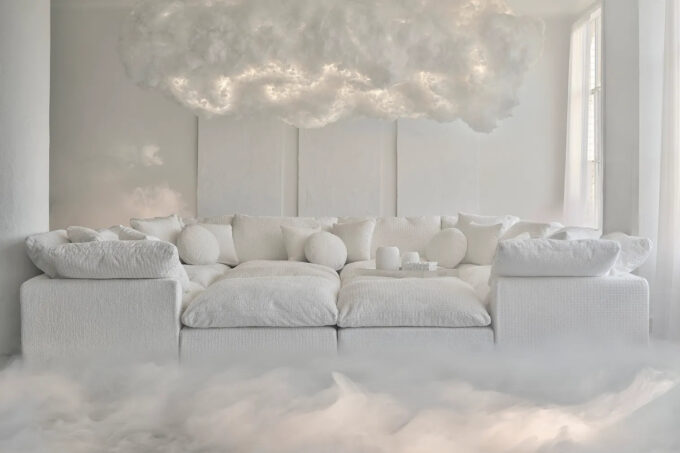

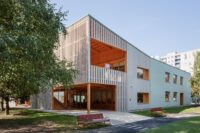
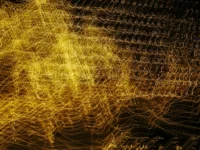


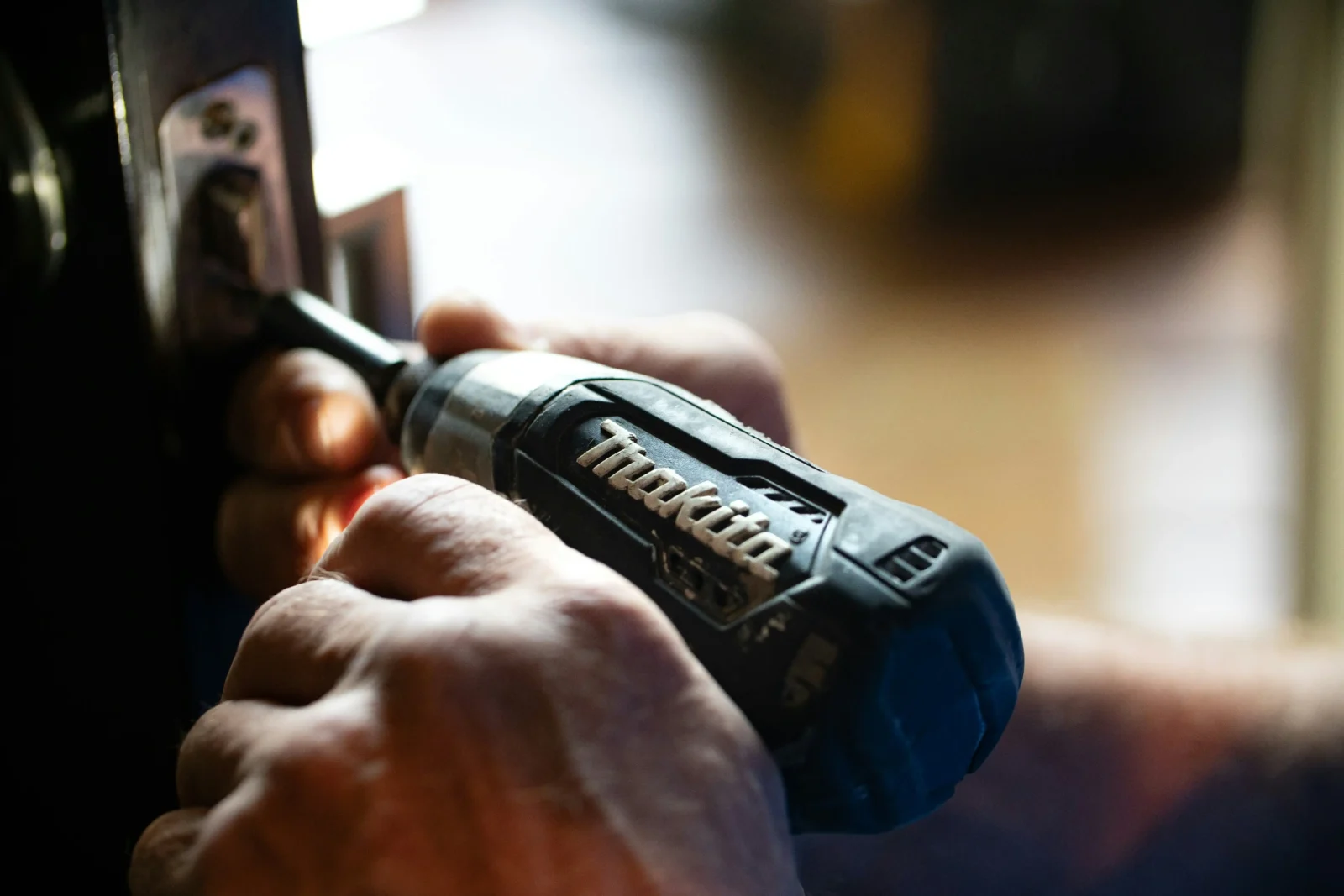
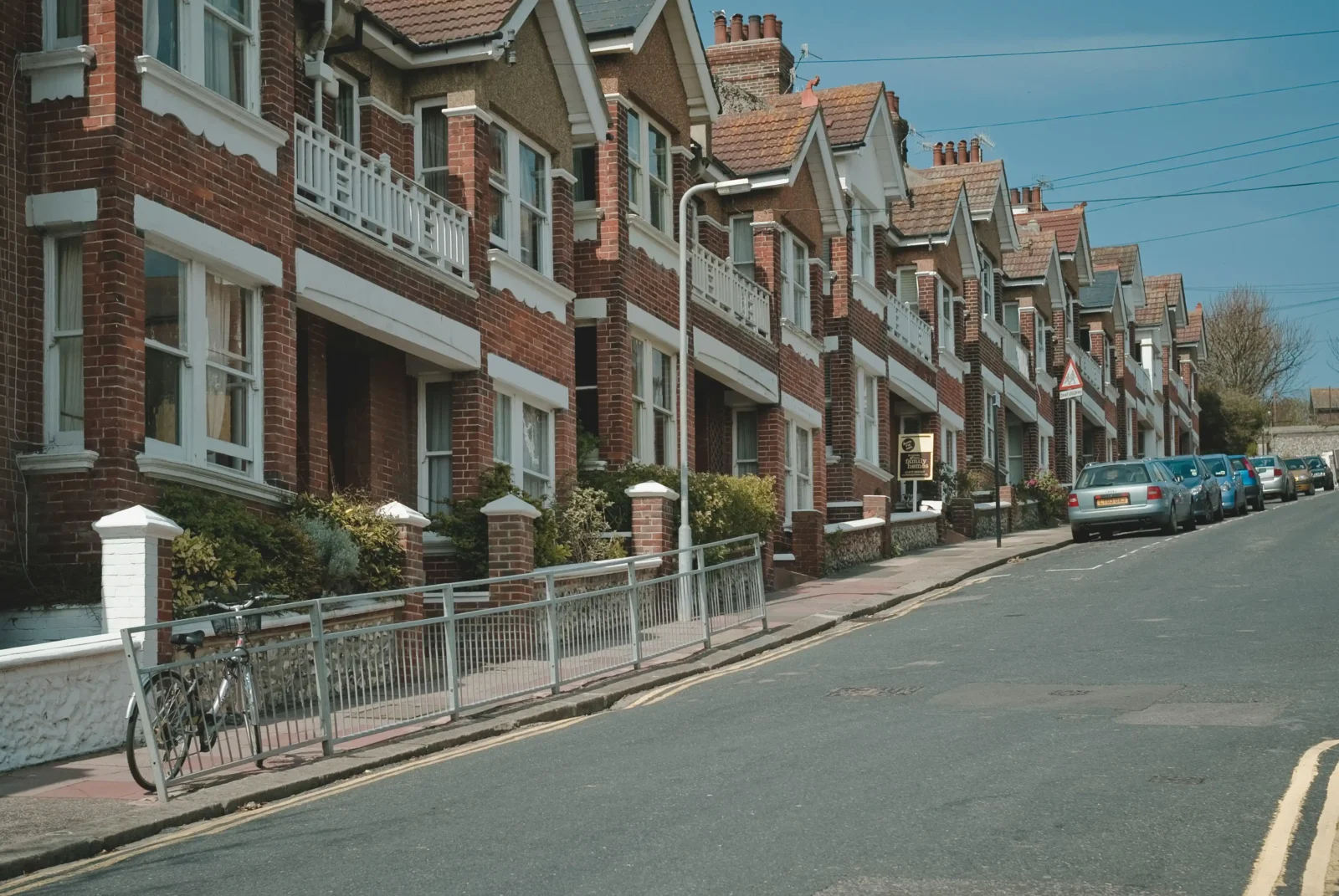
Leave a comment